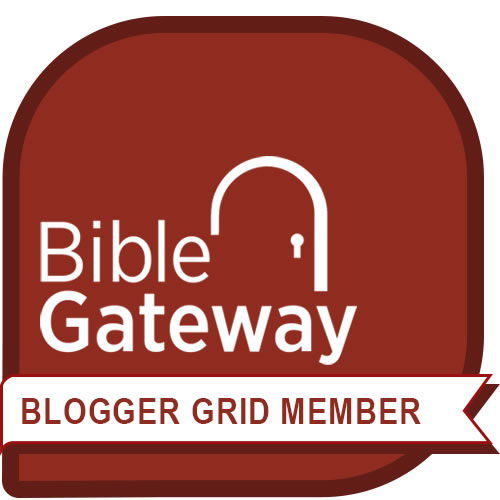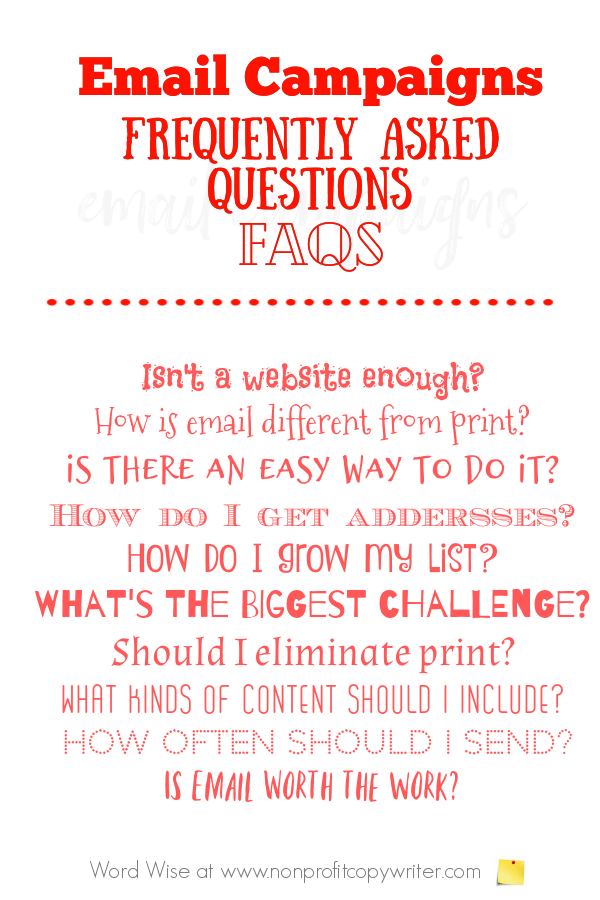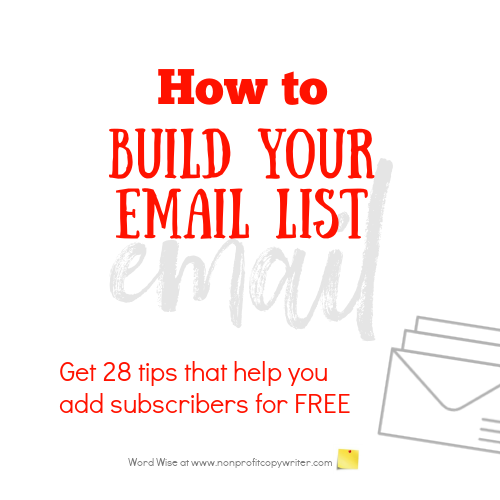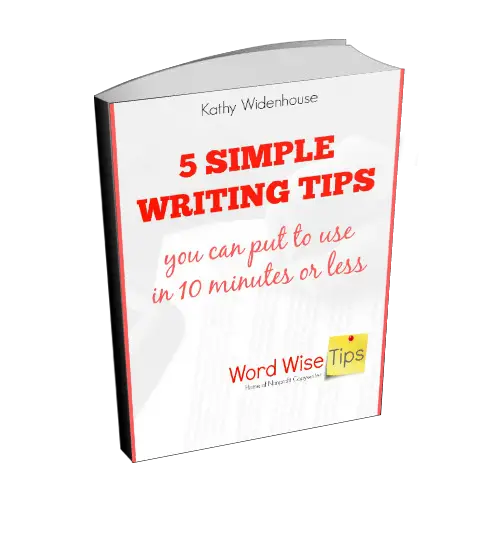Save Time: Get 5 Simple Writing Tips
you can put to use in 10 minutes
Why Email Campaigns are So Powerful: FAQs
Award-winning writer Kathy Widenhouse has helped hundreds of nonprofits and writers produce successful content , with 750K+ views for her writing tutorials. She is the author of 9 books. See more of Kathy’s content here.
Updated 10.29.25
Email campaigns (and for that matter, all types of email newsletters and nonprofit emails) are a powerful tool in getting the word out about your cause and your content.
Case in point: in the days following Hurricane Katrina, my email inbox was flooded with messages from dozens of nonprofit organizations. Each campaign explained how their nonprofit set up shelters or distributed water, food, and supplies to victims. I read stories of heroic rescues. Charities requested emergency support.
Like me, supporters across the nation were inundated with powerful Katrina messages. Soon nonprofit organizations nationwide reported record giving. More than half came from online donations. According to Ryland Dodge of the American Red Cross in The NonProfit Times, “It’s greater than any response we’ve had in memory.” Overflow traffic from the Red Cross to a Yahoo.com portal accepted $32 million in donations during the first four days after the hurricane, besting the $30 million collected in over two weeks after the September 11, 2001 terrorist attacks.
Whether
you’re a solopreneuer or small biz or nonprofit organization, consider the
numbers alone. Email marketing delivers an average ROI of $35-$40 for
every $1 spent.
Email has become a big contributor to online success.
What is your email marketing strategy? Read on to find answers to some of your most frequently asked questions about nonprofit emails.
FAQs: Email
campaigns, email newsletters, and nonprofit emails
Q: We’ve got a website. Isn’t that enough of an online presence?
A: Keep the website and keep updating it. But add regular email campaigns to your online mix. These
days, digital communications are an expectation, not an exception. Here’s a
good analogy: in print, a small biz distributes a catalog and mails regular postcards
and promotions. Online, you maintain
your website and send regular emails.
Q: I’ve always used snail mail. Do I really need to add an email mailing list?
A: Yes – for several reasons:
- Convenience. You can get a message out to your entire constituency simply by hitting “send.”
- Cost. It’s significantly less expensive to send email campaigns than it is to send via USPS.
- Frequency. You can afford to send to your list more often. Voila, more exposure to your market!
- Audience. Readers among Gen-X and younger are very comfortable with technology. You’ll hit a different segment of your target audience if you maintain a house email list.
Q: In practical terms, how do nonprofit emails differ from print?
A: Email is brief and targeted. Readers scan your message rather than digesting every word. Plus, readers forward interesting email to their friends and post it on their social media sites, extending your reach to people who might otherwise never hear about you or your cause. This viral nature of email and social media means free publicity for you.
Q: Is there any easy way to do this? I don’t have time to monitor a zillion emails.
A: Who does? That’s why companies called “email list managers” step in the gap. Check
out Mail Chimp, ConvertKit, or my favorite – Constant Contact. Your email list manager helps you add subscribers,
manage spam, format campaigns with DIY templates, segment your lists, automate your sends, and track opens, bounces,
and click-throughs.
Q: Uh, oh. Sounds expensive. Is it?
A: Nope. Email list manager support costs are reasonable, especially for small organizations. Nonprofit organizations can get discounts of up to 30%. Lots of companies offer free trials.
Q: I’m a technophobe. Is there an easy way to get some help with email message construction?
A: Most email list managers offer campaign templates, message construction tips, and customer support. (In fact, don’t sign on with an email marketing service that doesn’t). You can also hire a freelance writer to help you construct email campaigns.
Q: I haven't done much promotion and I don't know much about marketing. Do I really need an email mailing list?
A: Yes. If you
have more than zero clients with whom you’d regularly like to communicate with,
or you’d like to find readers to buy your books, or you want to build credibility
as a small biz – then email’s a great
way to go. It’s fast, especially if you
outsource help. It’s easy. It’s inexpensive. And it’s the norm today.. It’s fast, especially if you outsource help. It’s easy. It’s inexpensive. And it’s the norm today.
Q: I don’t have some of my clients’ email addresses. What should I do?
A: Here are some first steps to take.
- Start with the email addresses you’ve got already.
- Use one of your print promotions to invite readers to send you their email addresses, either on a response device or online.
- Add an opt-in link on your website and offer a free report or gift to visitors as a thank-you for signing up.
- Place all new customers on your email list as well as your regular mailing list.
- Make sure any new print mailings contain a response device with a spot for email addresses.
Q. How do I grow my email list?
A. There
are dozens of ways you can find new subscribers – most of them at no cost (or
very little cost). The biggest tip, of course, is to create a simple freebie (also
called a lead magnet or an opt-in) to share with potential subscribers. Your
email list manager will help you set up an automated system to add these
readers to your email list and automatically send them your freebie.
Free download: 28 ways to build your email list for free
Q: What kinds of email campaigns are most common?
A: Newsletters are sent at regular intervals (monthly, bi-weekly, weekly) and can include beneficiary stories, testimonials, information about upcoming events, and news about trends in your cause. Promotions, special offers, coupons and announcements are for quick communications to your clients – as in an emergency, like Hurricane Katrina. With all email campaigns, the main idea is to keep your name, cause and product in front of readers regularly and give them good information.
Q: What’s the biggest challenge in sending an effective email campaign?
A: Getting readers to open it. The sender line and the subject line make a huge difference in what gets opened and what gets deleted. Make sure those on your list have opted in to your mailings – name recognition assures them of a level of protection from viruses. And your subject line should arouse the reader’s interest so much that he can’t resist clicking “open.”
Q: Should I convert everything to email and eliminate all my USPS mailings?
A: No. Some prospects aren’t online and need to receive your materials by the traditional route. But increasingly more prospects and partners are comfortable with and even prefer email and social media. Cross-promotion – using as many different kinds of marketing as possible – lets you get in front of a bigger and bigger audience all the time. Use as many methods as you can.
Q. How
often should I send email campaigns?
A. For most small businesses or solopreneurs, a good starting point is 1 email
per week – or at lease 2-4 times a month.
Are email
campaigns worth the work?
If you’ve never managed an email list or sent email campaigns, doing so can seem like a massive undertaking. But once you get started, it’s not. And by getting started, I mean simply …
- Choosing your email list manager
- Add the first email address to your account
- Select an email template
- Prepare your first email and click “send”
After you get things rolling, writing and sending an email campaign really isn’t much work. It takes me less than an hour each week.
The upside? You have direct access to your readers. You reach them directly in their inbox. Those emails lead to clicks and comments, which means more traffic and more sales for you.
And yes, the financial ROI is good. But further, you build a relationship with those readers. They trust you.
And that’s not just worth the work. It’s priceless.
More Email Writing Tips
Should You Build an Email List? Advantages and Disadvantages ...
How to Build an Email List for No (or Very Little) Cost ...
Start and Grow Your Email List: A Simple Tutorial ...
Free downloadable checklist for writing better email subject lines ...
Copywriting email: the anatomy of a strong email campaign ...
Writing Email Tips: Understand 2 Types of Business Emails ...
Business Email Writing Tips to Help You Save Time and Save Face ...
Email Campaign vs. Ezine: What's the Difference?
How to Write More Powerful Lead Magnets: 5 Easy Steps ...
Do's and don'ts for email subject lines ...
Email writing tips: a tip for savvy subject lines ...
Netiquette: email etiquette for copywriters and leaders ...
Three tips to increase your email open rate ...
How to write an email step-by-step ...
Email Writing Tip: how to write links to get more clicks ...
More Email Writing Tips on our Pinterest board ...
Return from Why Nonprofit Emails are a Powerful Promotional Tool to Nonprofit Copywriter home
As an Amazon Associate I earn from qualifying purchases.
Share This Page

Named to 2022 Writer's Digest list
BEST GENRE/NICHE WRITING WEBSITE

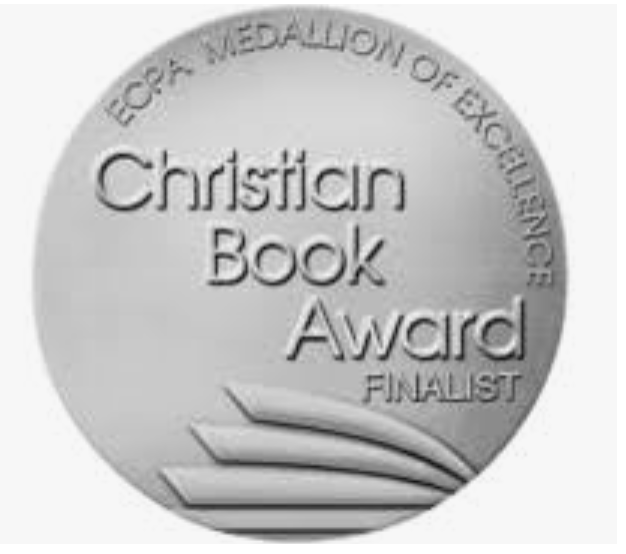
Stop Wasting Time!
Grab your exclusive FREE guide, "5 Simple Writing Tips You Can Put to Use in 10 Minutes or Less"
